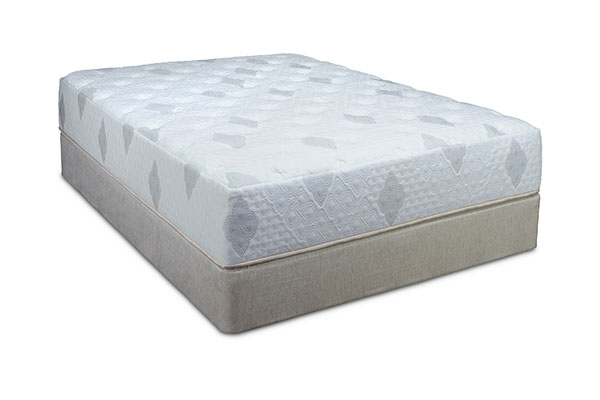Latex mattress reviews, ratings and comparisons
Getting a good night’s sleep depends on a variety influences – stress level, health issues, room temperature and overall comfort. But let’s be honest, a good mattress is the core building block of sleep.
Time to open your eyes to the many ways your current mattress is failing you?
If you’re shopping for a new mattress, you’ve probably heard about latex and how it can improve your sleep health – literally overnight. But with all the latex mattresses on the market, how do you choose the right one? And if you’ve never slept on latex before, why would you switch from inner spring?
There’s a lot to consider when buying a latex mattress but once you lie on one, we think you’ll understand why it’s considered one of the most comfortable, supportive sleep surfaces in the market today. Buoyant, supportive, therapeutic pressure-point relief are just a few of the words used to describe latex mattresses.
What’s latex and where does it come from?
Natural latex is harvested liquid from rubber trees (Hevea Brasiliensis) in Asia. These trees produce up to 4 lbs of sap a year and are considered a rapidly renewing resource that can be harvested for generations – without the need for large farm equipment or harm to the trees. But latex can also be produced synthetically and is considered a very clean manufacturing process – almost no wastage. Many people feel there’s almost no difference between the feel of natural versus synthetic latex and most manufactures use a combination of both.
Learning how latex is converted from liquid to a mattress can be confusing though because there are a variety of ways it can be manufactured. Talalay and Dunlop (also known as Standard) refer to how the latex is converted from liquid to foam. Natural and synthetic refer to the chemicals added during either process.
Dunlop (Standard) Latex
During the Dunlop (Standard) process, harvested rubber milk is frothed to add air (like mixing egg whites). The more the latex is frothed, the softer the latex. After mixing, it’s poured into sealed molds that are cooked to produce a finished foam slab – much like baking a cake. The bubbles created during the mixing process aren’t connected and when pressure is applied to the foam, air in those bubbles is compressed, creating a firm but buoyant feeling
Talalay Latex
Talalay latex is processed similarly to Dunlop, but the molds are very different. Thousands of pins inside the molds create air channels that increase breathability and conformability of the finished product. As well, an additional step of flash freezing before the cooking process ensures the stability of the air channels when the foam is made into a mattress.
Talalay latex is more resilient and buoyant than Dunlop, springing back quicker and allowing heat and moisture to travel more freely through the mattress – good news for people who suffer from temperature fluctuations during the night. But both types of latex have a place in your mattress. Softer Talalay latex is often used closer to the sleep surface while Dunlop generally shores up the underside, creating a stable foundation. Both Talalay and Standard latex are often used in the same mattress to achieve levels of firmness neither can achieve alone.
Because latex is a natural product and consistency can be difficult to maintain, synthetic latex was developed. It has a similar molecular structure to natural latex but it’s easier to predict consistency of the finished product. Most mattress manufacturers today use a combination of both natural and synthetic latex to create a more consistent, supportive sleep experience.
Latex mattress allergies
Worried you may have a latex allergy? Contrary to popular belief, a latex allergy isn’t developed from over-exposure – you’re either born with it or you’re not. It was once common to find latex protein in the white powdery dust on balloons and gloves – which is a highly allergic substance. In mattresses, 98% of proteins are washed away during manufacturing – and always have been. Latex proteins are very rare in any consumer products now, thanks to government regulations.
10 benefits of a latex mattress
Regardless of your preference for a firm or plush sleep surface, Restonic offers a wide range of latex mattresses that address many sleep and health concerns. While spring mattresses tend to push back and memory foam mattresses create an impression, latex supports all the contours of your unique body. Instead of forcing your spine into a straight line, the buoyancy of latex allows your muscles, joints and spine to relax naturally.
We love latex in our mattresses and our customers do too.
7 advantages of a latex mattress
- No motion disturbance – no explanation needed…
- Superior, cushioning support for side, tummy and back sleepers
- Customizable firmness options
- Great longevity – latex tends to outlast most other mattress types
- More hygienic mattress because of the open cells that help reduce moisture buildup
- Naturally dust mite resistant and antimicrobial sleep surface
- Reduced stress on pressure points – at any firmness point


